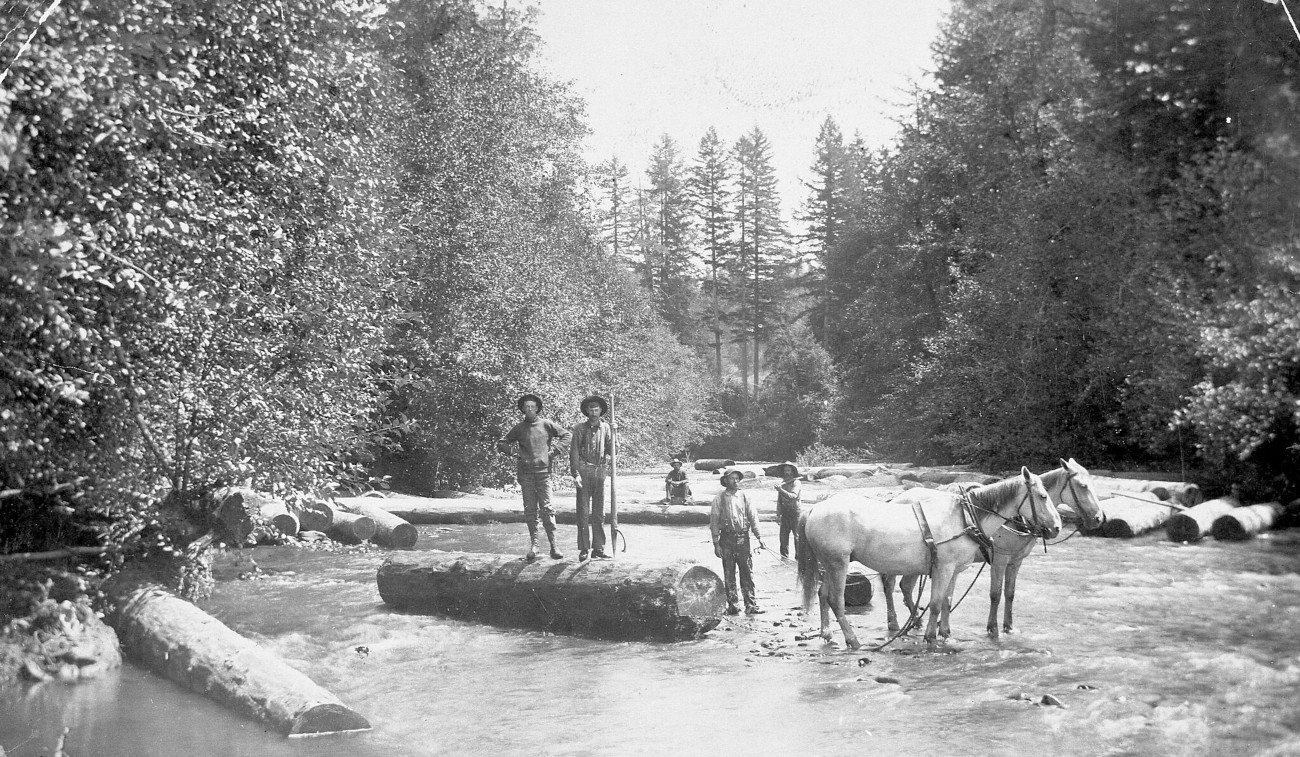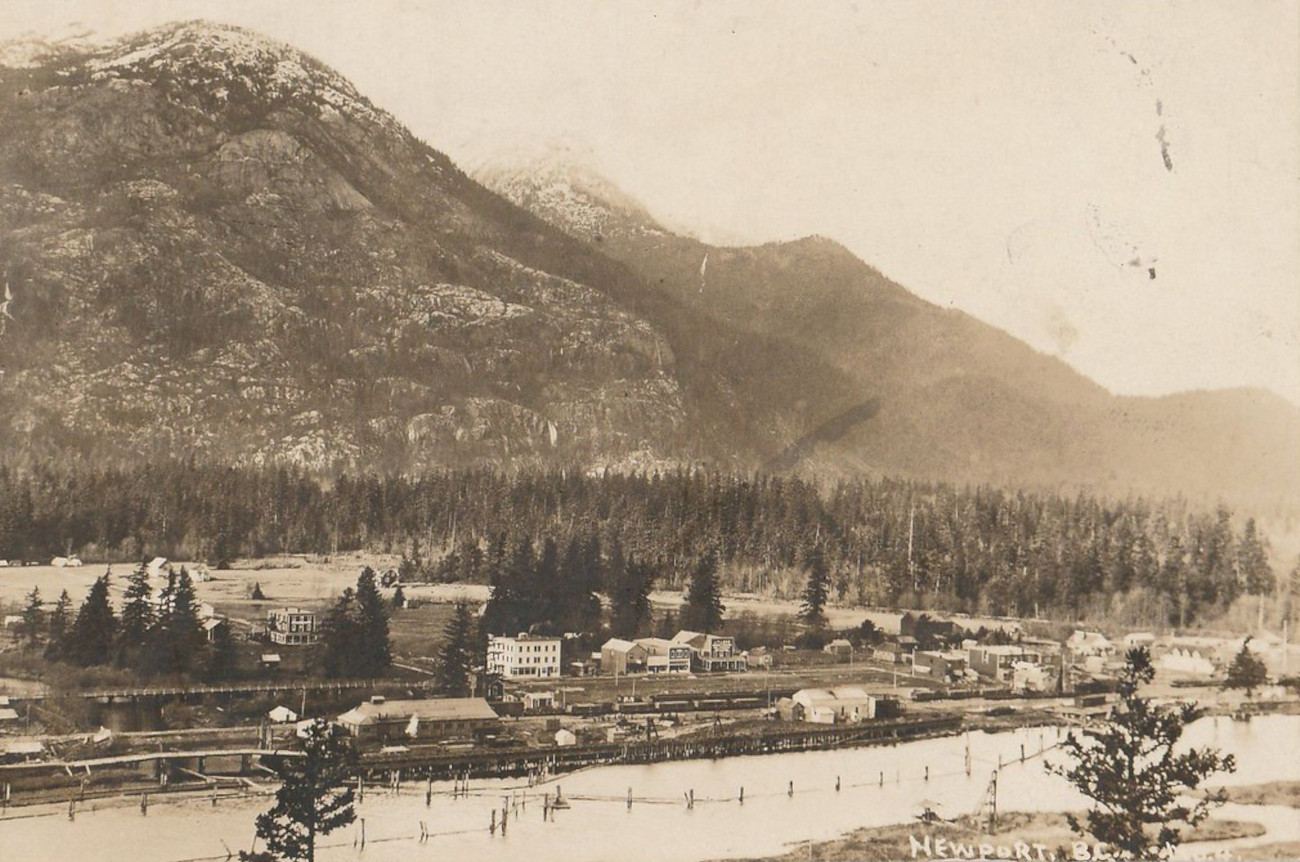What Did A 19th Century Lumberjack Breakfast Actually Look Like?
Pancakes piled high with butter and syrup partners with a protein menagerie of eggs, sausage, ham, and bacon have — for the best part of several decades — been known as one thing — the lumberjack special. Named after exhausting, intensive laboring men who risked their lives doing dangerous logging in often frigid temperatures, the meal is meant to stick to your hard-working ribs. However, the breakfast special we know today only uses lumberjack in the title and isn’t a representation of the real deal. A lumberjack’s breakfast during the peak of industrial logging of the 19th and 20th centuries looked much different.

The breakfast gets one thing right — lumberjacks needed protein, and lots of it. Diet logs by researchers in the 19th century recorded lumberjacks eating a variety of proteins but not what we’d initially thought of. Eggs, or any sort of fresh produce, were just not there.

Sure, there were the occasional things like bacon, but the majority of protein was dried or preserved. Salt pork and salted cod were some of the most common proteins a lumberjack would eat as these salted foods preserved well and provided a lot of nutrients.

Today’s center stage star of a lumberjack breakfast is pancakes, but in the 19th century, the carbs would be an even sweeter affair. People ate carby, starchy things like sourdough biscuits, cakes, and cookies. There were flapjacks (just like the breakfast version of today), but things like cookies won out as they didn’t stale as fast as pancakes.

Most days were often physically tough. River drives — when logs were transported down ice-covered rivers — were ten painfully wet, freezing, and dangerous days. Logging areas like in the rainy area of Washington state’s Puget Sound or frigid forests of central Maine were seldom easy conditions to deal with large volumes of timber.

At the end of the day, men would be soaking wet in cold temperatures and go to bed in the same wet clothes, in thin canvas tents. So when these men ate, it had to be warming and filling. The main food that provided both the protein and warmth they needed was beans — lots of beans.

Beans were such a crucial part of the diet that there was a designated person to prep and cook the beans. Most logging camps had a bean-hole. This was an area of flat land where a cook’s assistant would soak the beans, add ingredients, and then slowly cook the baked beans in a pot overnight in a bed of coals and warm dirt to be eaten the next day for breakfast. The bean cooking area was sheltered from the elements with wooden walls and a roof. This process would be done all over again to be eaten each day in the morning. Nutritional records showed that, on average, a man ate one to one and a half pounds of baked beans a day, consisting of one-fifth to as high as one-third of their daily protein intake.

On river drive days, beans were the main dish with a side of cookies or pastries five times a day. The protein from the beans was the thing keeping the men going through those marathon stretches of work.
Nowadays, the ratios of a lumberjack breakfast are somewhat inverted on the account that no one really needs to eat 6,000 to 8,000 calories a day, and being served a plate that’s 85% beans isn’t the most mouth-watering concept, but the memory of such a hearty bean-forward salty meat, and sweet treat laden diet should be remembered and understood in history.
Do you think you could eat a lumberjack breakfast of the past?













